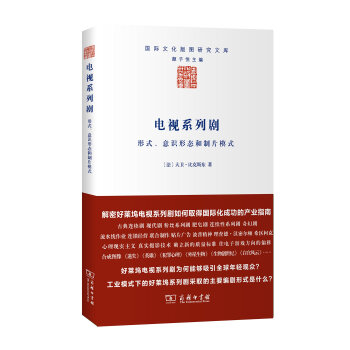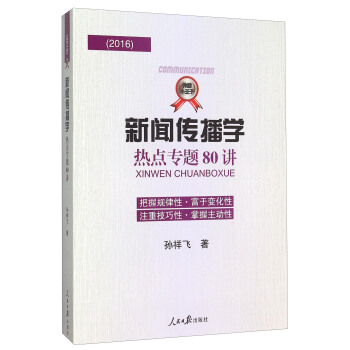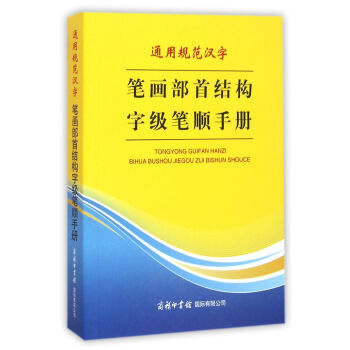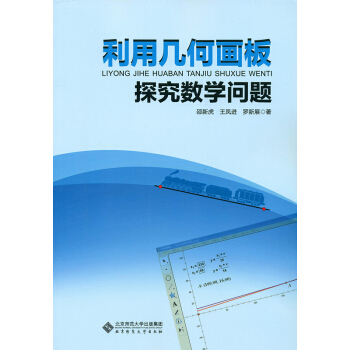

齣版社: 外語教學與研究齣版社
ISBN:9787513520713
版次:1
商品編碼:11036860
品牌:外研社
包裝:平裝
叢書名: 全國高等學校外語教師叢書·科研方法係列
開本:16開
齣版時間:2012-01-01
頁數:205
具體描述
內容簡介
《應用語言學論文寫作指導:實證研究報告的撰寫》係統指導如何撰寫實證性研究論文,全書包括八章,除第一章為本書引言外,其他七章分彆介紹瞭論文的七個組成部分,包括:摘要、引言、文獻綜述、研究方法、研究結果、結果討論和結論。每章采用相同結構:所講論文章節的功能;實現這些功能的步驟;以一篇論文作實例分析;該章節需要注意的語言特徵;常見問題等。本書可作為應用語言學碩士生和博士生論文寫作課教材,或本領域及其他文科專業研究者撰寫論文的指導,還可作為外語教師培訓參考資料。目錄
總序導讀
Preface
Acknowledgements
Chapter 1 Background
What Is the Book about?
Who Is the Book for?
Why Has the Book Been Written?
How Does the Book Meet the Content, Structure,
Linguistic and Presentational Needs of Students?
How Is the Book Organized?
What Is the Sample Masters Thesis about and
Why Has It Been Selected?
How Can This Book Be Used?
Further Reading
Chapter 2 Abstract
Introduction
The Functions of a Thesis Abstract
The Content and Structure of a Thesis Abstract
Analysis of a Masters Thesis Abstract
Analysis of a Doctoral Thesis Abstract
A Key Linguistic Feature of a Thesis Abstract
Frequently Asked Questions
Further Activities
Further Reading
Chapter 3 Introduction
Introduction
The Functions of a Thesis Introduction
The Content and Structure of a Thesis Introduction
Analysis of a Masters Thesis Introduction
Some Key Linguistics Features of a Thesis Introduction
Frequently Asked Questions
Further Activities
Further Reading
Chapter 4 Literature Review
Introduction
The Functions of a Thesis Literature Review
The Content and Structure of a Thesis Literature Review
Conclusion of the Literature Review
Some Key Linguistic Features of Thesis Literature Reviews and
Approaches to Processing the Literature
Frequently Asked Questions
Further Activities
Further Reading
Chapter 5 Methodology
Introduction
The Functions of a Thesis Methodology Chapter
The Content and Structure of a Thesis Methodology Chapter
Sample Analysis of WTC Thesis Methodology Chapter
Some Key Linguistic Features of a Thesis Methodology Chapter
Frequently Asked Questions
Further Activities
Further Reading
Chapter 6 Results
Introduction
The Functions of a Thesis Results Chapter
The Content and Structure of a Thesis Results Chapter
Sample Analysis of a Masters Thesis Results Chapter
Quantitative Results
Some Key Linguistic and Presentation Features of a Thesis
Results Chapter
Frequently Asked Questions
Further Activities
Further Reading
Chapter 7 Discussion of Results
Introduction
The Functions of a Thesis Discussion of Results
The Content and Structure of a Thesis Discussion of Results
Sample Analysis of a Masters Thesis Discussion of Results
Some Key Linguistic Features of a Thesis Discussion of Results
Frequently Asked Questions
Further Activities
Further Reading
Chapter 8 Conclusion
Introduction
The Functions of a Thesis Conclusion
The Content and Structure of a Thesis Conclusion
Sample Analysis of a Masters Thesis Conclusion
Some Key Linguistic Features of a Thesis Conclusion
Frequently Asked Questions
Further Activities
Further Reading
Appendix
精彩書摘
Sinularities between the Two AbstractsAs well as providing an abstract of similar length to that of the first abstract, I think you can see here that there are other similarities between the two abstracts. Both include the same five moves. Broadly speaking, the strategies employed in the creation of these moves are similar even though some differences are evident.
Differences between the Two Abstracts
Moves within a Sentence
The first difference between the abstracts concerns the inclusion of more than one move within.a single sentence. This pattern characterizes a number of sentences in the first abstract but it does not occur at all in the second abstract. While links between moves are clearly and explicitly signaled when two moves appear within a single sentence, it does not necessarily mean that links are not made when this does not occur. Sentential links can be clearly and explicitly made between moves by other cohesive means. In comparing only one Masters and one Doctoral thesis, we could easily assume that these are differences that reflect the two types of thesis. However, this is not the case. It is rather a difference in individual style and preference. Any thesis needs to establish links between moves and between sentential propositions. The extent to which one approach is adopted more than another may be a feature of particular disciplines but generally it is the result of the writer's communicative style.
Introduction
Secondly, the Introduction move is slightly longer in the second abstract than it is in the first. This may have occurred because the author wanted to explain not only the context and importance of the topic in some detail and the need for further research in the area but also what is meant by the key term 'incidental focus on form'. The importance of defining and backgrounding this particular approach to form-focused instruction in some detail arises from the confusion that could result for those not familiar with different approaches to form-focused instruction. For example, the second language acquisition literature makes a significant distinction between two types of form-focused instructions but the difference is only signaled by a change in the use of one letter - either a capital 'S' (focus on formS) or a lower case 's' (focus on forms).
Additionally, the second abstract seems to emphasize the limited amount of empirical research on the effectiveness of incidental focus on form, whereas this focus is less explicit in the first abstract. Again, the difference is not really one that distinguishes a Masters from a Doctoral thesis. Rather, it should be seen as a difference between the focus that two authors wish to provide or between two areas of investigation where the background of one needs more explanation than that of the other.
Purpose
A third difference is revealed in the more extensive statement of purpose provided in the first one. Whereas the second abstract referred to three purposes or aims within a single sentence, the first abstract identified each purpose or aim across four sentences and, in doing so, provided us with a more comprehensive and perhaps clearer understanding of the various aims of the study. The three key words in the purpose statement of the second abstract ('occurrence', 'nature' and 'effectiveness') become clear as we consider the Method and Product moves later in the abstract. It is possible that the author of the second abstract may have assumed that we would be more familiar with this field of investigation so confined himself to a single sentence.
Methodology
Fourthly, while similar detail on the methodology of each study is presented in the two abstracts, the second abstract devotes only four sentences to it, compared with the seven sentences provided in the first abstract. It is possible that fewer design features were specified by this author because of the single data source. By comparison, data for the first study, outlined in the first abstract, were sourced in several ways and these needed to be outlined in the abstract so that we would know how reliable and valid the findings of the study are. The approach to data analysis is not outlined in the first abstract but is described in detail in the methodology chapter of the thesis. It is likely that the author chose to refer to how the data were analyzed because of the relative novelty of the approach.
Product
The Purpose move of the second abstract, in sentence 4, revealed the following two primary foei of the research: (1) the occurrence and nature of incidental focus on form and (2) its effectiveness in promoting second language learning. The Product move is therefore presented in two parts as follows: (1) sentences 9-14 outline the first key finding and its associated findings and (2) sentences 15-16 refer to the second key finding. Compared with the Product move of the first abstract, similar detail on the findings of the second study is presented in the Product move of the second abstract.
……
用戶評價
評分
到貨速度比預計的快 貨到時正值午睡期間 要是能避開這個時間段就好瞭 因為第一次在京東買東西 給個中庸的評價吧 總體還好
評分提高效益,亦可謂“教學相長”。
評分提高效益,亦可謂“教學相長”。
評分評分
好
評分英文的,很好,很專業,寫論文的話值得看看。
評分是老師推薦的啦,是正版好書。
評分很給力很好很給力很好
評分是老師推薦的啦,是正版好書。
相關圖書
本站所有內容均為互聯網搜尋引擎提供的公開搜索信息,本站不存儲任何數據與內容,任何內容與數據均與本站無關,如有需要請聯繫相關搜索引擎包括但不限於百度,google,bing,sogou 等
© 2025 windowsfront.com All Rights Reserved. 靜流書站 版權所有

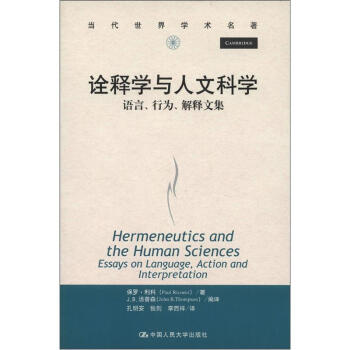
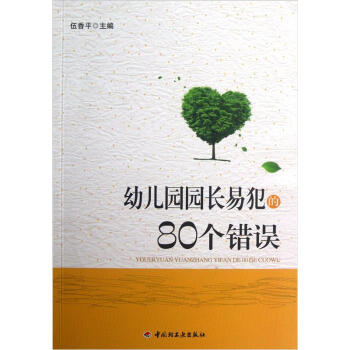


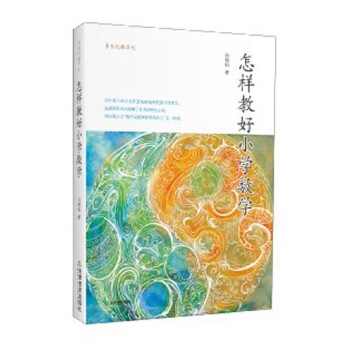



![民主主義與教育 [Democracy and Education:An Introduction to the Philosophy of Education] pdf epub mobi 電子書 下載](https://pic.windowsfront.com/11468497/5385af39N5cc526ef.jpg)
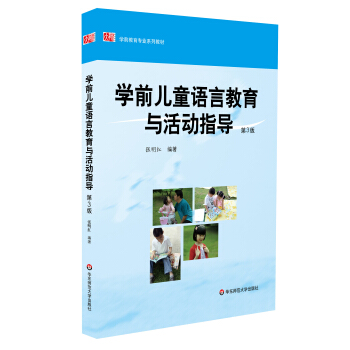
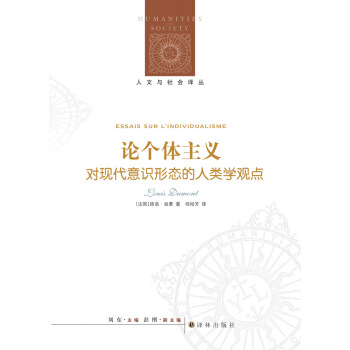
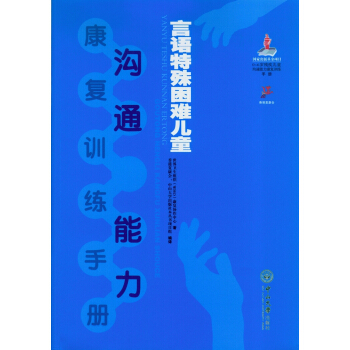
![多元智能理論與學前兒童能力評價 [Project Spectrum:Preschool Assessment Handbook] pdf epub mobi 電子書 下載](https://pic.windowsfront.com/11722367/55a316a0N1dcfa859.jpg)
![0-8歲兒童學習環境創設 [Educational Laboratory] pdf epub mobi 電子書 下載](https://pic.windowsfront.com/11736579/55b19d3bNfc7fe247.jpg)
